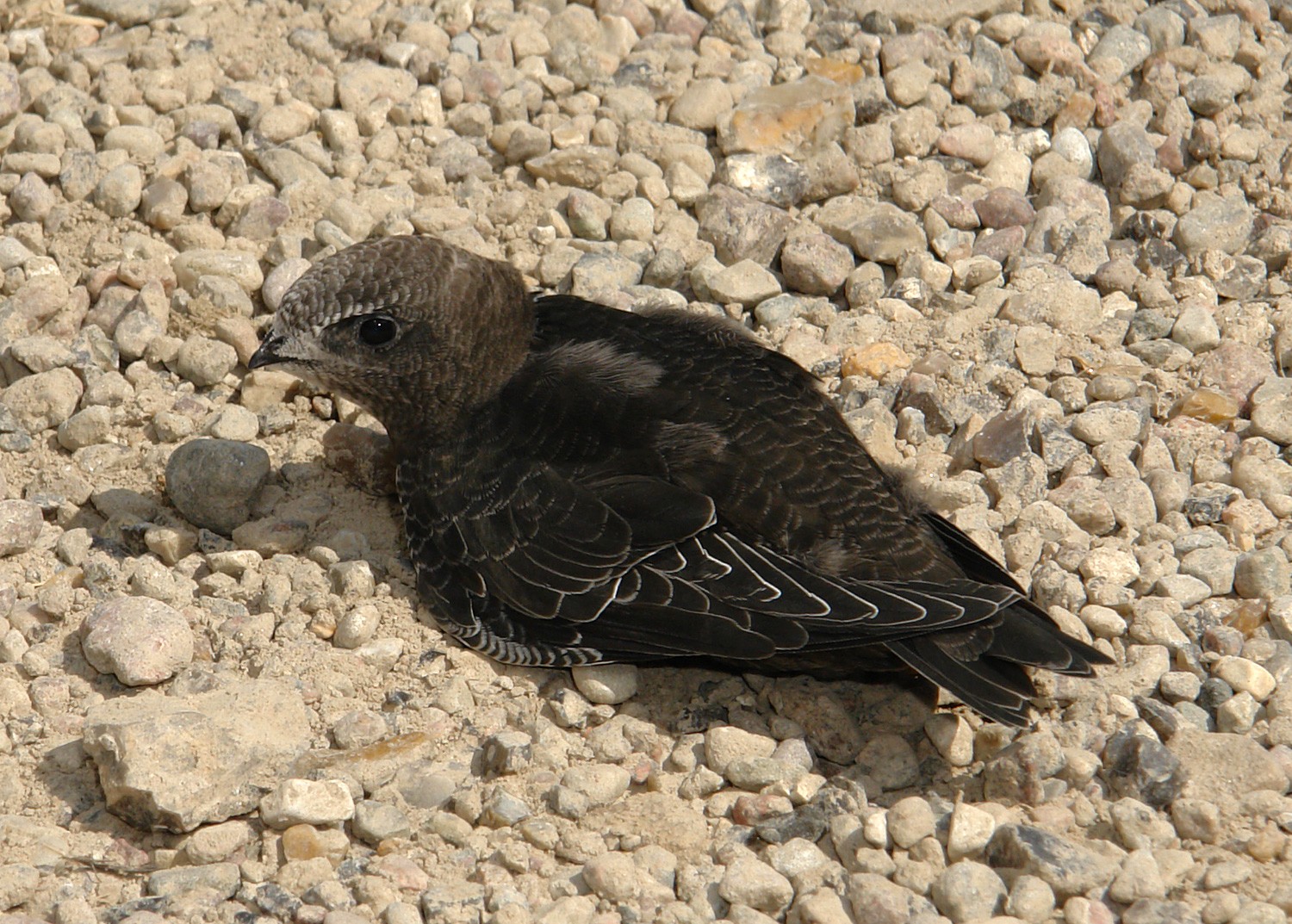Common Swift
A species of Typical Swifts Scientific name : Apus apus Genus : Typical Swifts
Common Swift, A species of Typical Swifts
Botanical name: Apus apus
Genus: Typical Swifts
 Photo By Jürgen Howaldt , used under CC-BY-SA-3.0-DE /Cropped and compressed from original
Photo By Jürgen Howaldt , used under CC-BY-SA-3.0-DE /Cropped and compressed from original Description
Unlike most birds, the common Swift cannot sit stably on a branch but will rather be seen hanging from one. Its scientific name, Apus apus, comes from the Greek word, apous, which means "without feet." These birds are almost always seen only in flight and rarely on the ground.
Size
16 - 17 cm
Life Expectancy
10 years
Nest Placement
Building
Feeding Habits
Common Swift primarily feeds on flying insects, especially during flight. They exhibit aerial foraging techniques and have adapted to capture a variety of airborne prey, preferring dusk or dawn feeding times.
Habitat
Common Swift thrives across temperate to tropical terrestrial habitats, from urban areas to forests, and arid steppes to the boreal zone. Adapted to diverse climates, they are prevalent in sub-Saharan landscapes and regions favoring warm, dry conditions suitable for insect prey. Common Swift occupies a wide altitudinal range, from sea level to high mountain environments, exemplified by high-altitude foraging and migration observed in the Himalayas.
Dite type
Insectivorous
People often ask
Migration Overview
Common swifts are migratory. Swifts migrate to Africa by a variety of routes, ending up in Equatorial and Sub-Equatorial Africa, excluding the Cape. Swifts spend three to three-and-a-half months in Africa and a similar time breeding - the rest is spent on the wing, flying home or away. The weather along the journey has an enormous influence on the arrival date, so in one region the swifts may come back at varying times year to year.
General Info
Feeding Habits
Bird food type
Behavior
Swifts build their nests of air-borne material caught in flight, bonded with their saliva, in suitable buildings hollows, such as under tiles, in gaps beneath window sills, and most typically under eaves and within gables. Swifts form pairs that may couple for years, and often return to the same nesting site and partner year after year, repairing degradation suffered in their 40-week migratory absence. Except when nesting, swifts spend their lives in the air. 
Scientific Classification
Phylum
Chordates Class
Birds Order
Swifts and hummingbirds Family
Swifts Genus
Typical Swifts Species
Common Swift